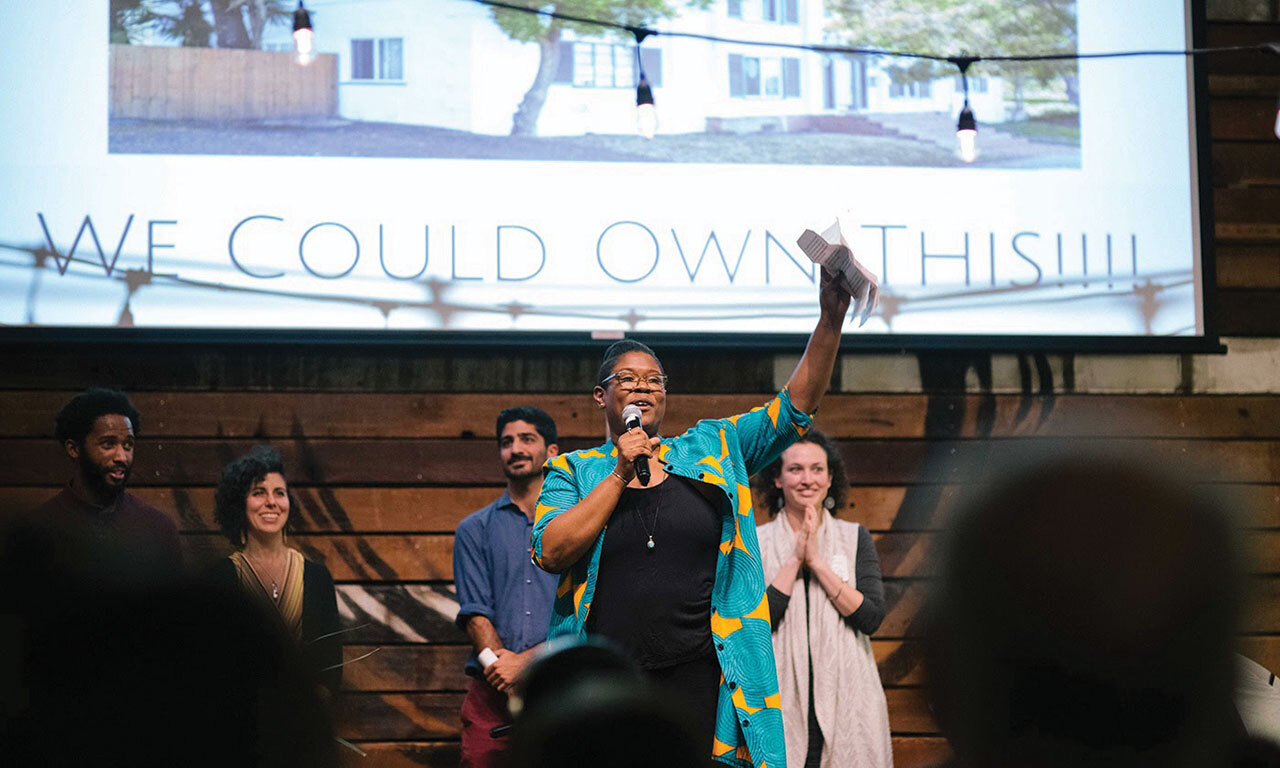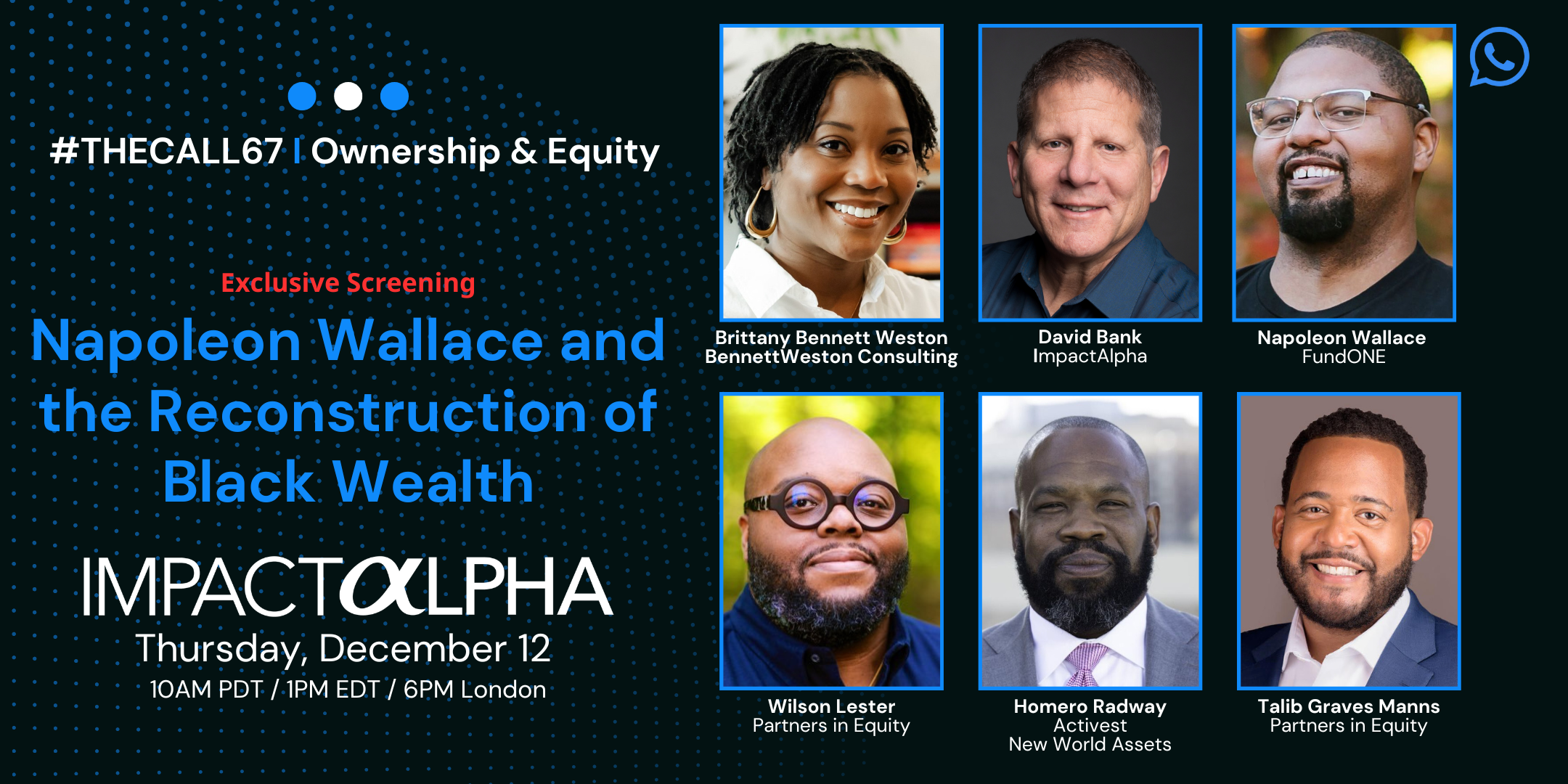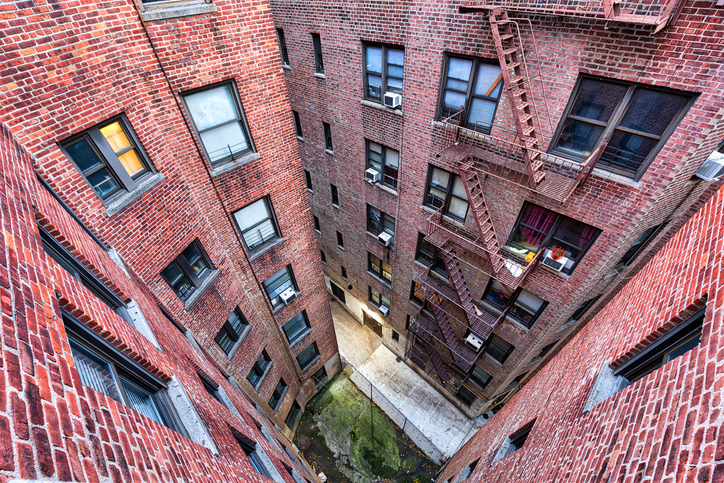Is it possible to fully divest from Wall Street and invest in community with hundreds of millions of dollars?
When I started my role at the Kataly Foundation as its chief investment officer, I sat with this question for a long time. The path towards finding an answer has been non-linear, complex, frustrating, and energizing at times. This blog series is an attempt to document our oftentimes messy journey, in the hopes that people will offer their learnings to us, and that our own efforts will be a learning opportunity for others.
One of the first tasks I undertook was understanding how we were investing our funds. This included looking at the risk and return profile we were willing to have as a spend-out foundation. First, I looked at our current investment holdings. The investment strategy was simple and always meant to be a placeholder strategy. We were invested in an ESG (environmental, social, and governance) equity mutual fund and fixed income, some short-duration, some longer. From a diversification and mission perspective, this made sense.
When I dug deeper, I discovered what our ESG fund was invested in: Microsoft, Eli Lilly, and Tesla. I reflected on the extractive and unjust practices of these companies including surveillance, poor treatment of workers, price-gouging, and numerous other harmful actions. At the same time, I delved into our returns, which counted 20-plus percent over a three-year period, including during the height of the pandemic.
Both of these discoveries were alarming. At Kataly, our goals are a values-aligned, non-extractive investment strategy rooted in the recognition that wealth inequality was created through the extraction of natural resources and the exploitation of labor. Non-extractive investing is an implicit attempt to redistribute wealth and resources back to communities most harmed and impacted by the racial wealth gap and structural racism. Those goals were not represented in how we were currently investing our unrestricted reserve.
Many questions emerged for me: Was it possible to invest a large amount of capital outside of the public equities market in a non-extractive way? If it was, what would that investment strategy look like? Would that investment strategy be attractive to our CEO, CFO, and our Board? Have other foundations done this before? What research could we do to understand how to approach this question? Who else was looking at this work?
Too much
Divesting from public equities is no joke. As the chief investment officer, I am tasked, alongside our senior leadership team, with stewarding Kataly’s assets to ensure we can honor our commitments. I didn’t know how deeply my ideas about investing would be challenged as we thought through what coming out of public equities could look like and how to convince others this was the right choice.
As someone trained classically in traditional finance, I learned that with risk (investing) comes reward (returns). And, there is no such thing as too much return (spoiler alert, there is). If we truly believe in non-extractive investing, could we put returns at the bottom of our investment priorities? What would it look like to prioritize our values, capital preservation, liquidity, and then returns?
At the end of 2021, our unrestricted reserve had sufficient returns to increase and cover our grantmaking commitments and our projected operating costs for the life of the foundation. There was a point when the unrestricted reserve generated more returns than we were giving away. As a foundation committed to regeneration and wealth redistribution, generating more and more resources was not the position we envisioned for ourselves given our mission to sunset the foundation, which we recognize is also a place of enormous privilege.
Knowing that our unrestricted reserve would continue to grow due to the extractive nature of global capitalist investing, and given our belief that investing in harmful corporations would increase risks to the communities we serve, we had some deep self-examination to do. We also knew that investing in another ESG fund or focusing solely on impact investments were limiting options, as they did not center community wealth building or justice. If we divested from equities, we’d likely have to create a portfolio ourselves to meet our values. We also knew that we were only stewards of these resources, and there were weak signals in the market that extraction was about to come home to roost.
All of these challenges, unknowns, and concerns led to one very big question: What is enough for Kataly to fulfill its mission during the lifetime of the foundation?
Asset stewardship
Over the next few months, I am going to take you on a journey of how we answered that question and responded accordingly in what has now become the most volatile and deepest market decline since the Great Financial Crisis, which had a devastating impact on the communities we serve.
Too often, the investment decisions that foundations make are shrouded in secrecy. There are increasing attempts to be more transparent about grantmaking, but that transparency does not extend to how funders invest their reserves and endowments. These decisions are fraught, complex, and incredibly significant. Trillions of dollars are invested by foundation endowments and donor advised funds. By sharing our own investment journey, even as it remains incomplete, we are hoping others will join us in this act of radical honesty.
In this series, we will examine the barriers we experienced when implementing our preferred strategy of investing in CDFIs and community banks, including racism and how we are overcoming those barriers or how we are sitting with contradiction. We will share how what we are building offers a new way forward for asset stewardship, including community asset stewardship.
At Kataly, we believe in regeneration, interdependence, experimentation, accountability, and healing. Money is a tool rather than an end goal. We also believe in transparency. I hope this series will fulfill those aims.
Lynne Hoey is chief investment officer at the Kataly Foundation.












